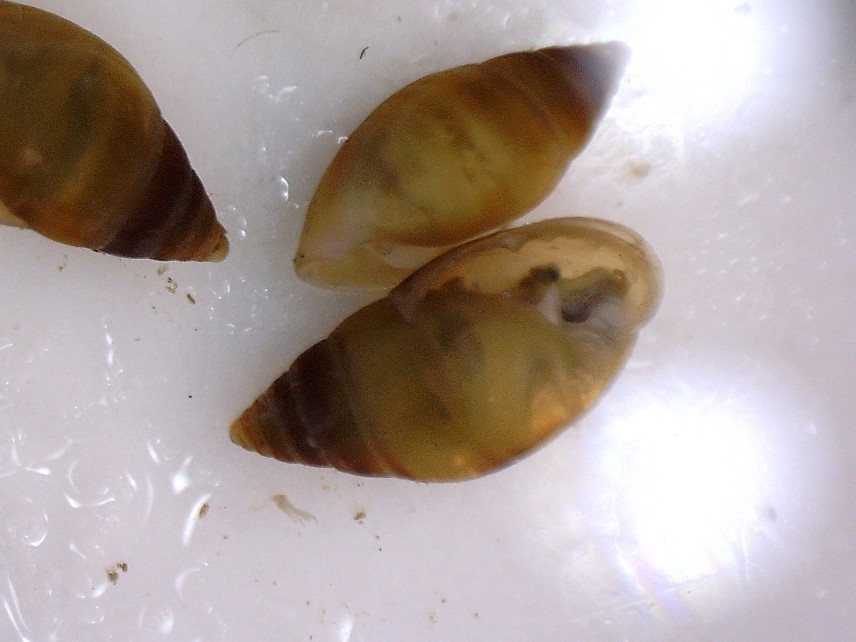At the moment Ecoauthor is monitoring the presence of non-indigenous species in the intertidal zone along the Western Scheldt (‘Westerschelde’). Besides valuable information on the distribution of exotic species (results will follow later this year), the monitoring also gives insights in populations of indigenous species. For the second year in row Myosotella denticulata (‘Meertandig muizenoortje’ in Dutch) is found to be common in the high intertidal parts near Bath. Myosotella denticulata is specifically found in the spaces between the blocks that pave the dikes. The ecological atlas (De Bruyne et al., 2013) records the species for just one 10×10 km gridcell in the entire South-western Dutch delta, although it is already mentioned that the species might be more common than suggested. We did also observe the species near Breskens and Hansweert in a similar habitat before (Wijnhoven et al., 2015).
Research is part of the Transect Monitoring project commissioned by the Netherlands Food and Consumer Product Safety Authority (NVWA).
-
De Bruyne, R., van Leeuwen, S., Gmelig Meyling, A., Daan, R. (2013). Schelpdieren van het Nederlandse Noordzeegebied. Ecologische atlas van de mariene weekdieren (Mollusca). Uitgeverij Tirion, Utrecht en Stichting ANEMOON, Lisse, 414 p.
-
Wijnhoven, S., Engelberts, A., Dekker, A. et al. (2015). Non-indigenous species inventory of estuarine intertidal areas; a comparison of estuaries and habitats using a hard substrte transect methodology. Pilot study wthin the frame of the INTERREG IV A 2 Seas project SEFINS commissioned by the NVWA. Monitor Taskforce Publication Series 2015-07, NIOZ-Yerseke, the Netherlands.

